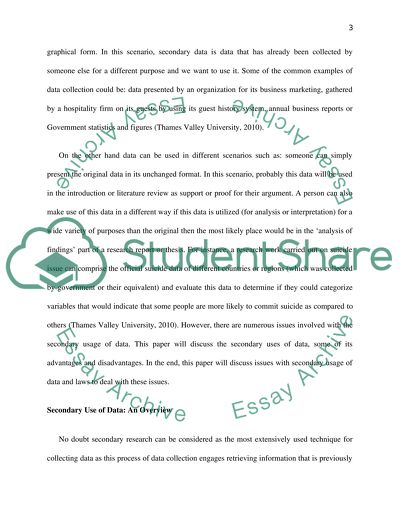Cite this document
(“Impact of Secondary use of Data Essay Example | Topics and Well Written Essays - 3000 words”, n.d.)
Retrieved from https://studentshare.org/information-technology/1398029-impact-of-secondary-use-of-data
Retrieved from https://studentshare.org/information-technology/1398029-impact-of-secondary-use-of-data
(Impact of Secondary Use of Data Essay Example | Topics and Well Written Essays - 3000 Words)
https://studentshare.org/information-technology/1398029-impact-of-secondary-use-of-data.
https://studentshare.org/information-technology/1398029-impact-of-secondary-use-of-data.
“Impact of Secondary Use of Data Essay Example | Topics and Well Written Essays - 3000 Words”, n.d. https://studentshare.org/information-technology/1398029-impact-of-secondary-use-of-data.


